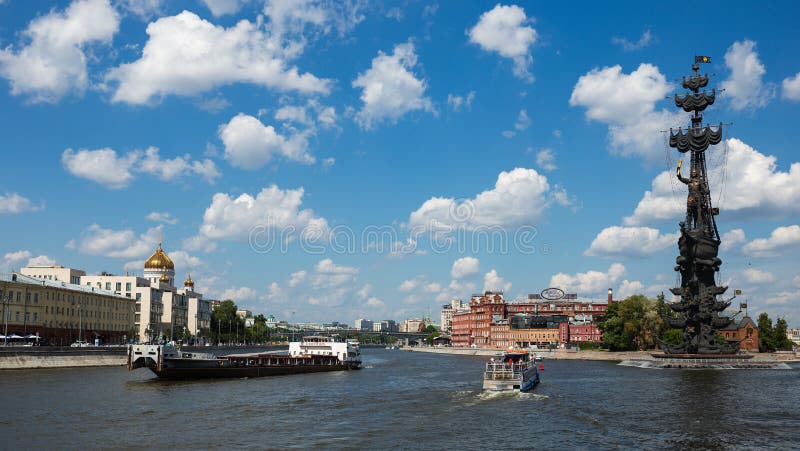
And we might well ask: Whoseface is it that holds our gaze at the close of the twentieth century? Who arethe individuals, among thedead, who have fed its myths? For we shall say nothing about the living - their history isstill ahead of them.Īccording to contemporary scholarship, any myth represents an attemptto resolve contradictions, to mediate or reconcile extremes, to make ends meet.

Inorder to comprehend the fundamental idea structuring an epoch, we must look that epoch straight in theface. Such anembodied idea cannot be expressed abstractly, even if one were to try to do soin a hundred treatises but it can be observed in a contemporary, whom posterityrushes to include in "the category of young legends"

Yet even in the small myths the wholeness ofthe human character is such that not a single feature can be removed from thischaracter without violating the overarching idea embodied in it. There are great myths and small myths, universal myths and local myths,metropolitan and provincial ones.

Whiledestroying old mythologies, history is constantly creating new myths topersonify its fundamental ideas. Many ideas and judgements sum up the nineteenth century, butwho can now remember them? What weremember are not so much the words of memorable individuals as the facialexpression, the gestures and intonation that marked their destiny. The face of the waning nineteenthcentury was seen in Friedrich Nietzsche and Vladimir Soloviev, who embodied thequintessence of their times and offered parting words and warnings to thecoming century. What is the end of a century? A calendar date, an historiclandmark, a sum ofaccomplishments, the wisdom of experience? If we agree with Andrei Bely's penetrating pun, namely that "he individual is the face of the century" ( chelovek - chelo veka ), then the end of the century is the image of thepeople who have brought it to its end, who personify this end. CHARMSOF ENTROPY AND NEW SENTIMENTALITY: THE MYTH OF VENEDIKT EROFEEV


 0 kommentar(er)
0 kommentar(er)
